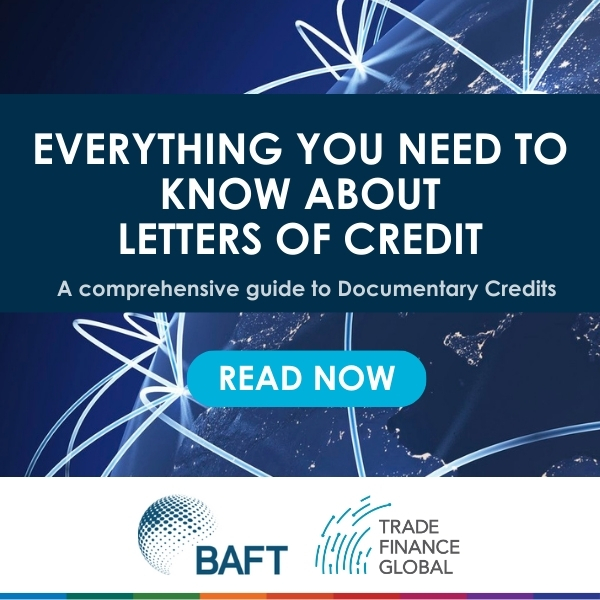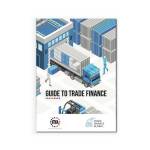Short form/blank back bill of lading: Simplifying international trade documentation


Access trade, receivables and supply chain finance
We assist companies to access trade and receivables finance through our relationships with 270+ banks, funds and alternative finance houses.
Get Started
Contents
Short form/blank back bill of lading: Simplifying international trade documentation
Efficient documentation ensures seamless transactions in international trade. One important shipping document is the short form/blank back bill of lading.
Key concepts of short form/blank back bill of lading
The short form/blank back bill of lading is a condensed version of the traditional bill of lading, streamlining documentation processes for cargo shipments in international trade. It contains details such as the shipper’s and consignee’s identities, a description of the goods being transported, and the agreed-upon shipping terms.
Adaptability in complex transactions: Despite its simplified format, the short form/blank back bill of lading can be adapted to accommodate more complex trade transactions. Businesses can incorporate additional terms or clauses to address specific requirements or contractual agreements.
This adaptability makes the document suitable for diverse trade scenarios, from straightforward shipments to intricate supply chain arrangements involving multiple parties and logistics providers.
Global impact and applications
The short form/blank back bill of lading streamlines the documentation processes for cargo shipments.
Influence on trade documentation practices
The short form/blank back bill of lading addresses these needs by providing a concise yet comprehensive framework for documenting cargo shipments, enhancing operational efficiency and reducing administrative complexities.
Challenges and considerations with short form/blank back bill of lading
Despite its benefits, using short form/blank back bill of lading may present certain challenges and considerations for stakeholders involved in international trade.
FAQ
Our trade finance partners
Our trade finance partners
- Letters of Credit / Documentary Credit Resources
- All Letters of Credit Topics
- Podcasts
- Videos
- Conferences




















